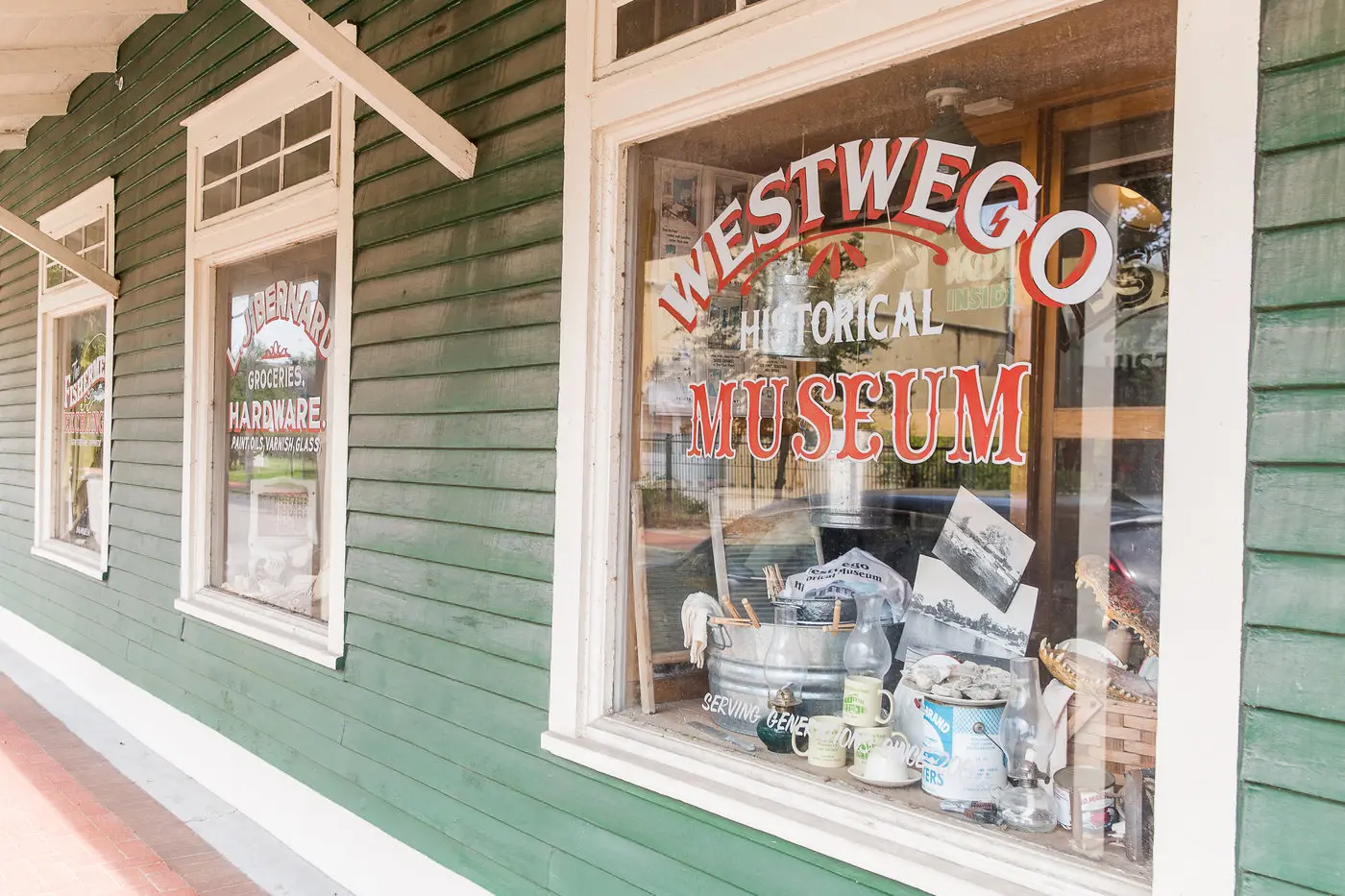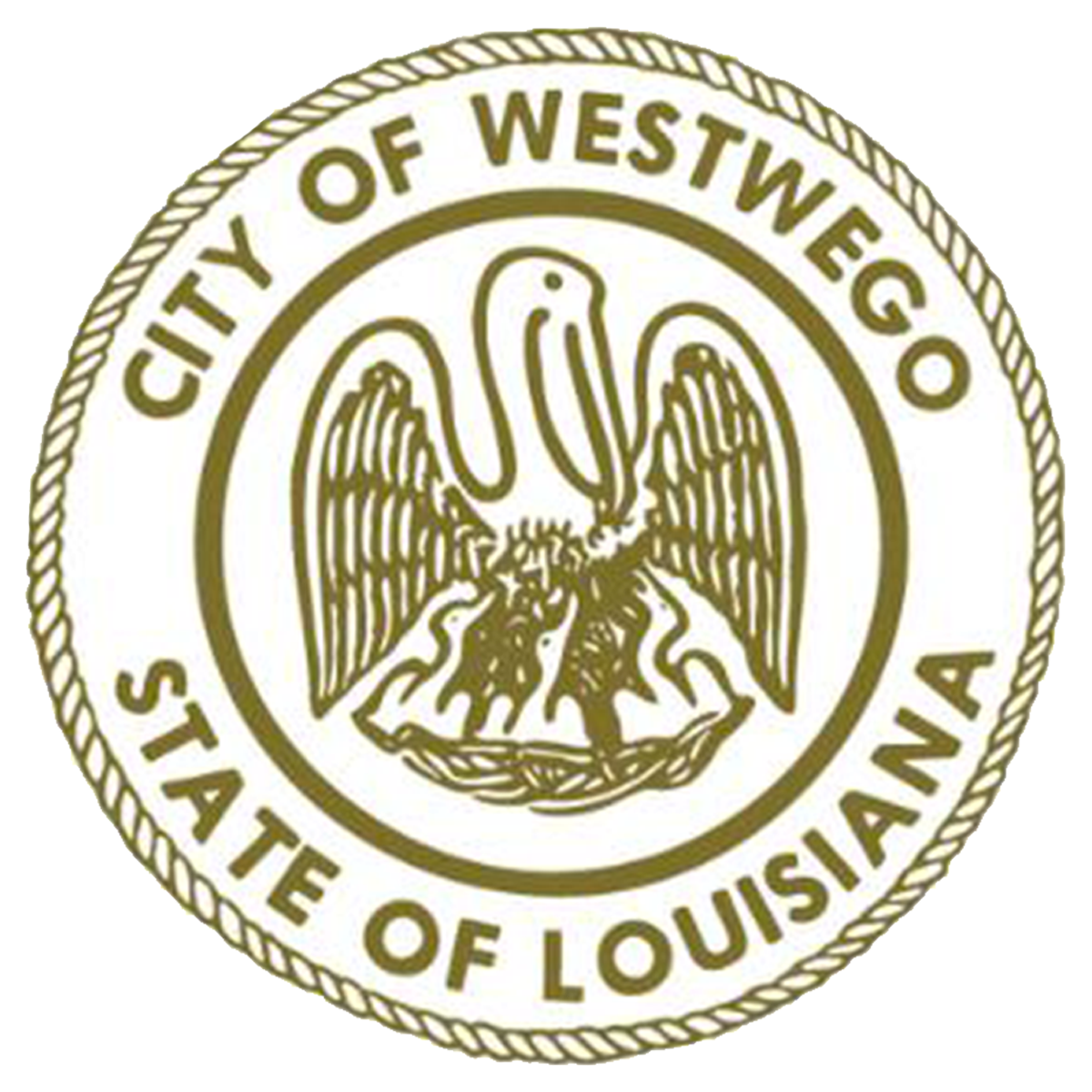History
The City developed around the Mississippi River, the railroad, and the Westwego canal that once connected with the river through locks, Bayou Segnette, and the swamp and marshes south of the city that connected it to the rich wildlife and fishing areas of the Barataria basin. Westwego was founded in 1870 by the Texas and Pacific Railroad when it placed a railroad yard and docks on the Mississippi River just above the canal linking the river to Bayou Segnette, Bayou Lafourche then to the Gulf of Mexico. It grew to eventually incorporate the village of Salaville, Seven Oaks Plantation, Whitehouse Plantation, and surrounding farmland.
No one is quite sure how the town got its name, though Westwego was the location from which the railroad was compensated by the State to build a railroad to the west. Folklore holds that as travelers departed the station they heard the conductor yell “west we go”. A railroad engineer, G. W. R. Bayley, first publicized the name in 1873 when he wrote, “The construction of the railroad west of New Orleans was commenced at Westwego, opposite the Western boundary of the city (New Orleans), in the latter part of May 1870.”
Family
Many early residents are descendants of the African-American, German, and Italian settlers that resided in the city. The Cheniere Caminada refugees of French heritage were the largest of the population in the city after 1893. It is still possible to hear French spoken among the residents. Their pride of, and concern about, family run deep and is evidenced by their support of family activities and recreational events that abound in Westwego.
Excerpts from Westwego: From Cheniere to Canal – published by Daniel and BeBe Alario.

History
Westwego began as the fishing village of “Salaville” along the canal which connected the Westbank of the Mississippi to Bayou Segnette and the Gulf of Mexico. Many new settlers arrived in 1893 after a hurricane destroyed their fishing community at Cheniere Caminada near Grand Isle.
The Street Sala Avenue is our Historic District and is well on its way to being a premier Destination. Ironically, just as many settlers came to
Westwego because of a hurricane’s destruction, Sala Avenue has also been affected by a hurricane as well. Her name was Katrina. Visit Sala Avenue and help her grow beyond the beautiful street she already is. Drive down to the end of Sala and walk up onto our beautiful Lazy River Landing. She is standing strong in spite of damage incurred during Hurricane Katrina. A loose barge slammed into the landing during the height of the storm.
On the other end of Sala Avenue is our Farmer’s and Fisheries Market, a beautiful structure with a main stage area and space for vendors. The market is used for special concerts given regularly from spring to fall and private rentals as well. See details on this website.
